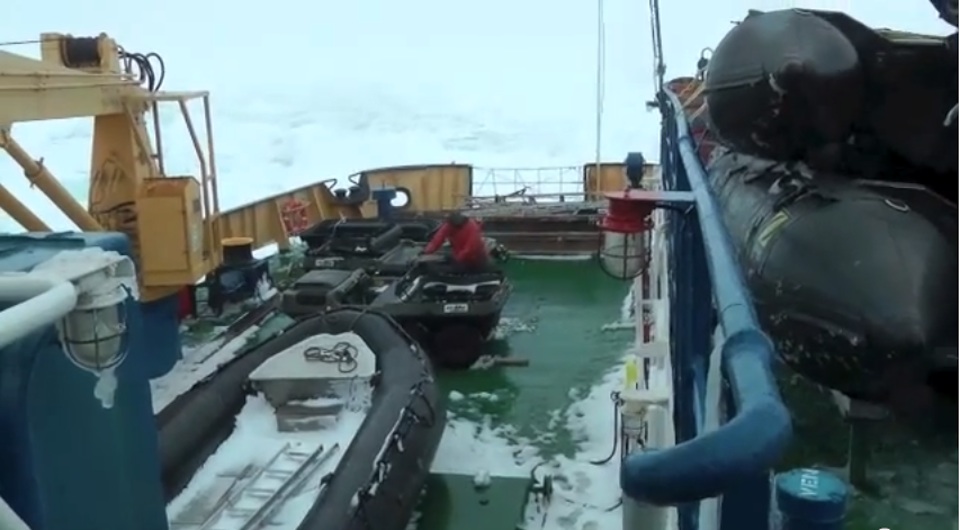Antarctic Expedition Remains Trapped as Rescuers Forced to Turn Back


Bad weather thwarted another rescue attempt of an Australian expedition aboard a Russian ship that's been stuck in thick sea ice off the coast of Antarctica since Christmas.
The Aurora Australis, an Australian icebreaker, attempted to reach the trapped MV Akademik Shokalskiy early Monday (Dec. 30) but had to turn around due to poor visibility, The Guardian reported. The Australian vessel headed back to open water to wait for better conditions along with a Chinese icebreaker, the Xue Long, which has a helicopter that may eventually be used to evacuate the ship.
The scientific expedition aboard the Shokalskiy got stuck in ice blown in by a holiday blizzard two weeks into their month-long journey to retrace Douglas Mawson's 1911-1914 exploration of Antarctica. Two Guardian correspondents aboard the Shokalskiy have been providing updates on the situation on Twitter (@alokjha and @loztopham) — as well as video diaries about missing banana-peanut butter milkshakes and pictures of penguins.
Rescue coordinators have been in regular contact with the Shokalskiy, while all 74 people on board (including scientists, crew and paying public passengers) are safe and well-stocked with supplies for several weeks, officials with the Australian Maritime Safety Authority said in a statement.
A record-high sea-ice extent in Antarctica this year has caused headaches for other voyages during this summer's research season. In November, a U.S. research ship was unable to bring scientists and supplies to Palmer Station, a research station on Antarctica's Anvers Island.
Follow Megan Gannon on Twitter and Google+. Follow us @livescience, Facebook & Google+. Original article on LiveScience.
Get the world’s most fascinating discoveries delivered straight to your inbox.



